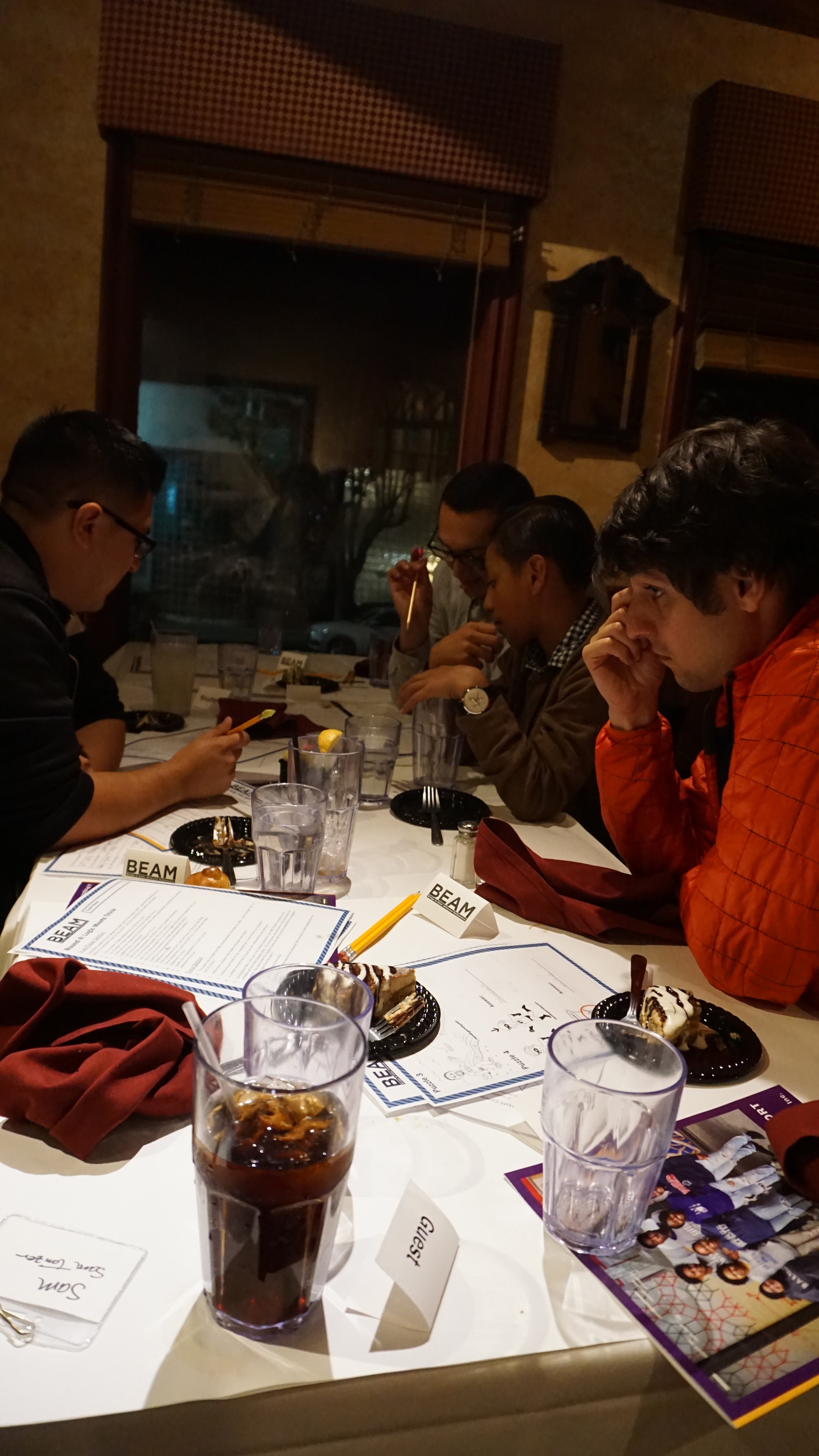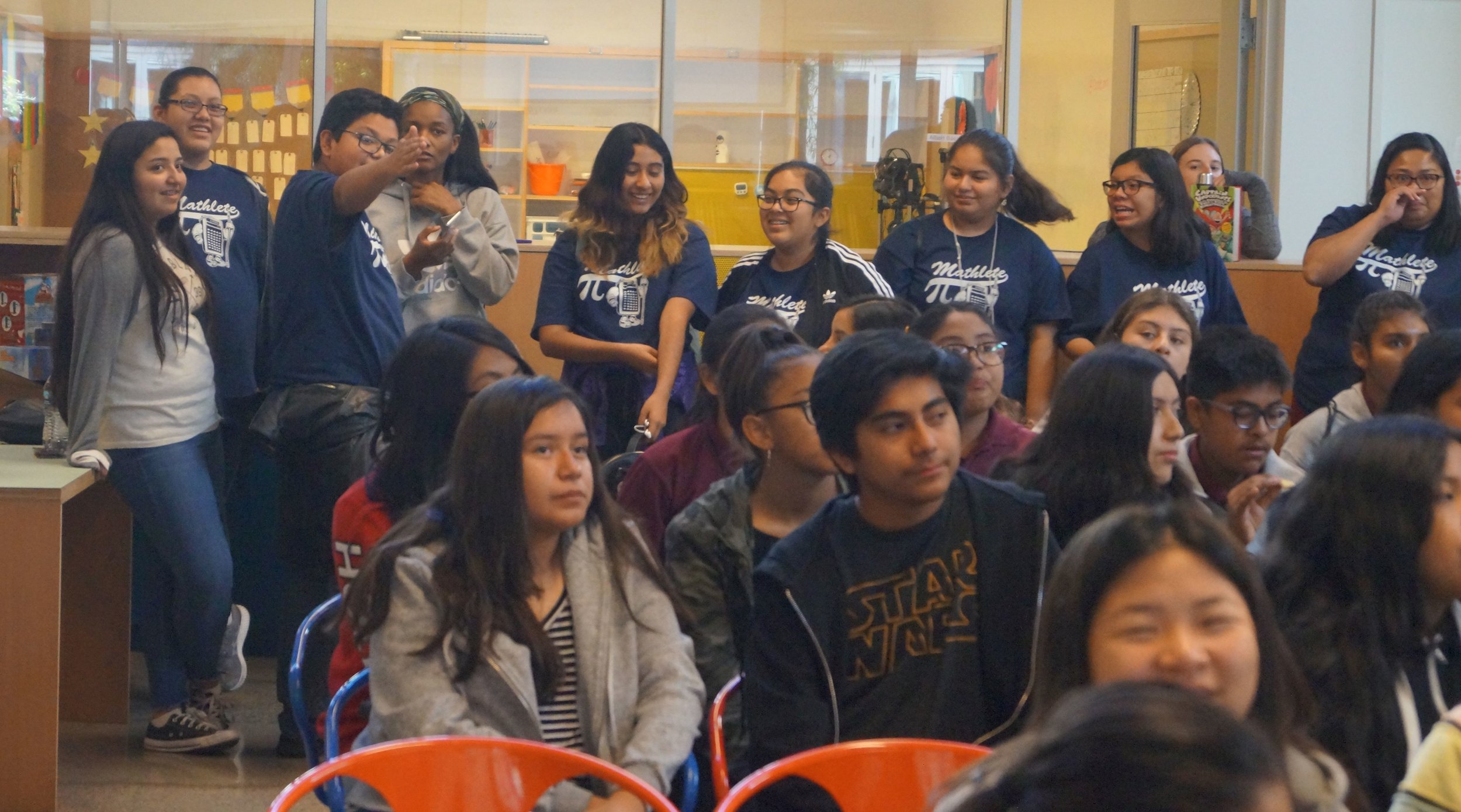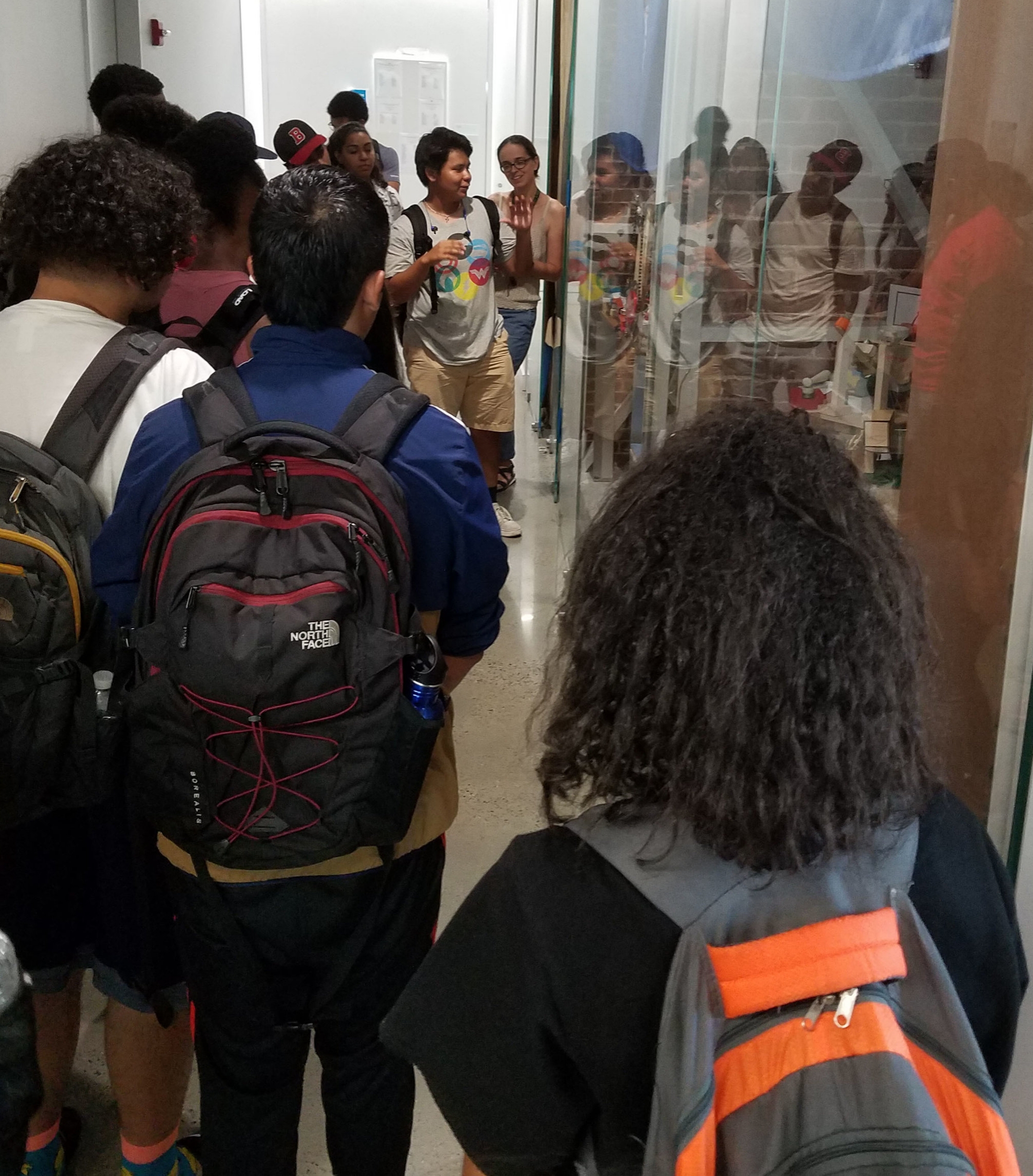And stay in touch she did! In 8th grade, we helped her pick a high school, Manhattan Center for Science and Mathematics. In 9th grade, long before BEAM offered such comprehensive support, we encouraged her to apply to a mentoring program, Minds Matter, where she spent her summers and Saturdays for the next three years. In 11th and 12th grade, when her high school guidance counselor didn’t have the time to give her personal attention, Aisha turned to BEAM to be her college adviser. After being admitted to Northwestern University on a full scholarship, she turned to BEAM again to evaluate her financial aid package and get advice on applying for a summer bridge program to work on her writing skills. This summer, she will be working at BEAM 6 as a Junior Counselor, teaching and inspiring the next generation of BEAM students.
We asked Aisha to look back and reflect. Here’s what she wrote:
From the summer of 2013 until now, BEAM has been a constant factor in my life. The staff at BEAM have supported me and been there for me during my achievements as well as during my failures. They have aided me in so many ways, enriching my ability and my personality. They helped me find a high school that best fit me and they presented me with opportunities for next steps, preparing me for college and the professional world.
Most importantly, throughout the entire college process, BEAM has helped me in more ways than I could have imagined. The college process was one of the most difficult and draining times during my high school experience. However, what made it better was BEAM. When I had to change my college list at the last minute or when I was struggling to write essays, or when I cried because things were too expensive and I couldn’t handle the stress, BEAM helped me any way they could. I particularly appreciate the last-minute grant from BEAM’s Last Dollar Fund to cover $132 in SAT score reports that I needed to send in December 2017, just days before my Common Application was due.
I am grateful to be part of BEAM. I know without them I could never have reached the position I am in today. BEAM has done so much for me. I love being part of this BEAM family.
Now we’d like to turn around and share our appreciation with the entire community of BEAM supporters. Over the five years that Aisha has been part of BEAM, we have grown both the number of students we serve and the services we offer. When Aisha started BEAM, we didn’t even have an office; our two staff members each worked from home. Today, we have offices on both coasts. At the time, we had little high school support and no college support. Today, we not only offer college admissions advising to a core group of students, we are also adding advising through college to ensure that students like Aisha will graduate with STEM degrees. Aisha will get support from BEAM on how to choose classes, how to build relationships with professors, how to declare a major, and how to land an internship, along with regular reminders for all the logistics like filing her FAFSA. Already, at our 12th grade graduation party, Aisha sat down to discuss how an undecided student selects courses for her first semester. We feel confident that in four short years, we will be announcing her college graduation and exciting next plans.






































































!["At first, I didn't felt [sic] like going to BEAM but then you supported me and I got accepted. Now I feel like BEAM is a family to me. Thank you."Daniel is a student at Young Oak Kim Academy.](https://images.squarespace-cdn.com/content/v1/561a6eede4b0448989c88951/1536615478385-EES7UQE1YXJJ7MF8UV5L/Daniel+P+Quote.jpg)














